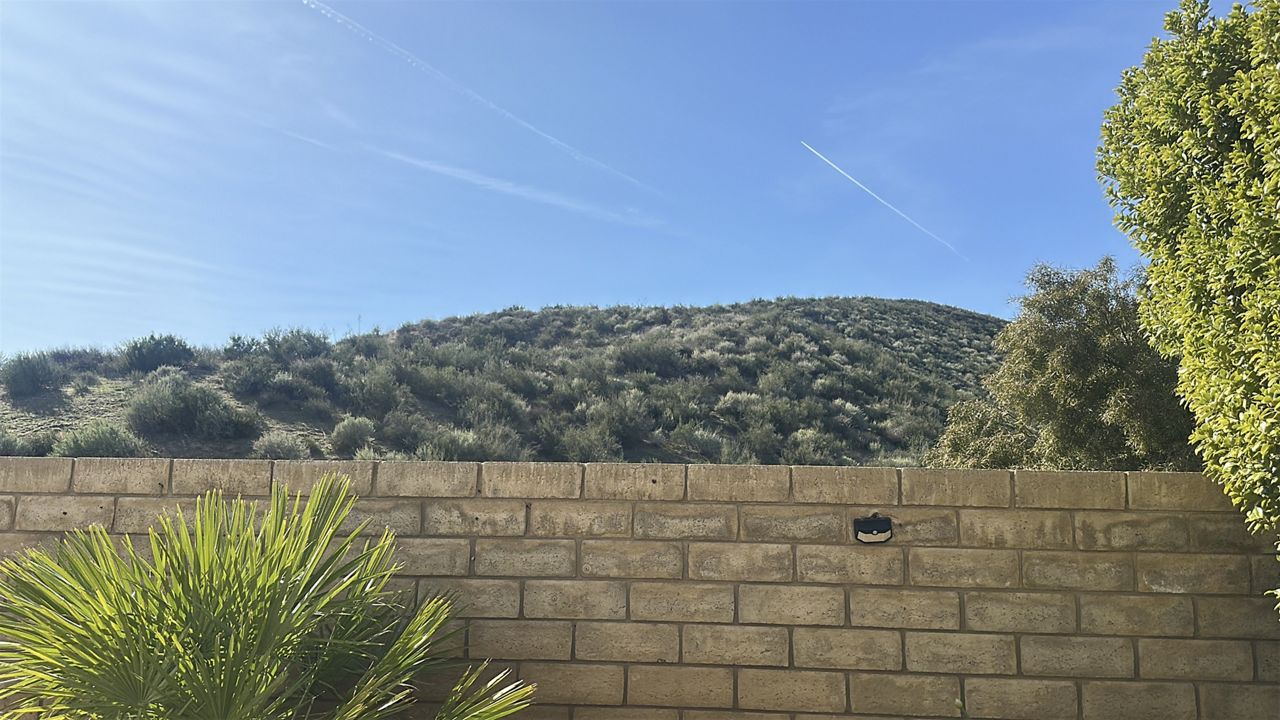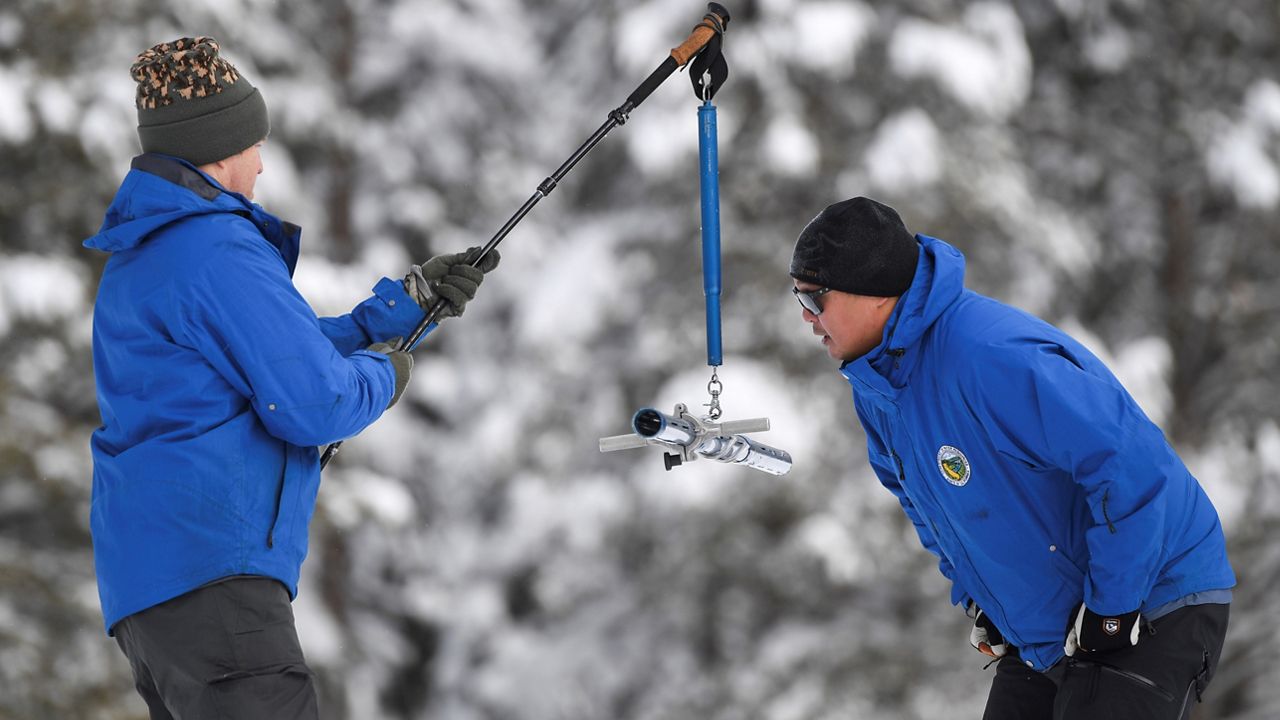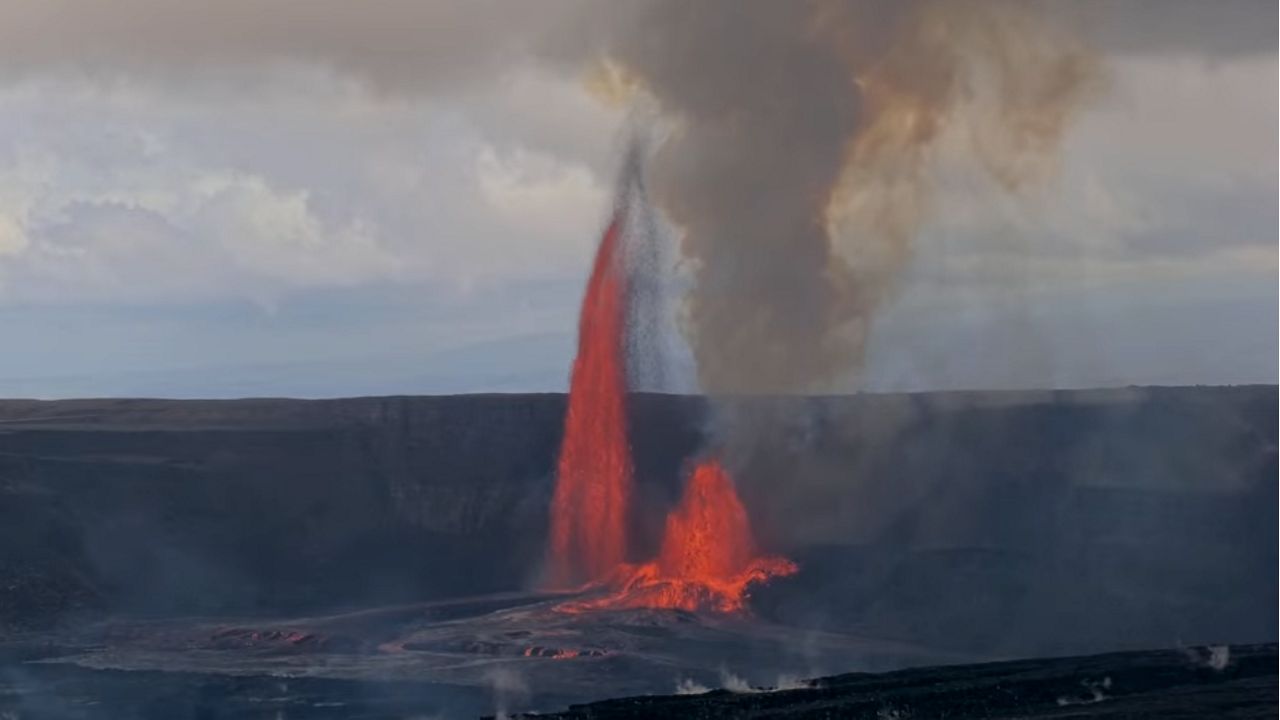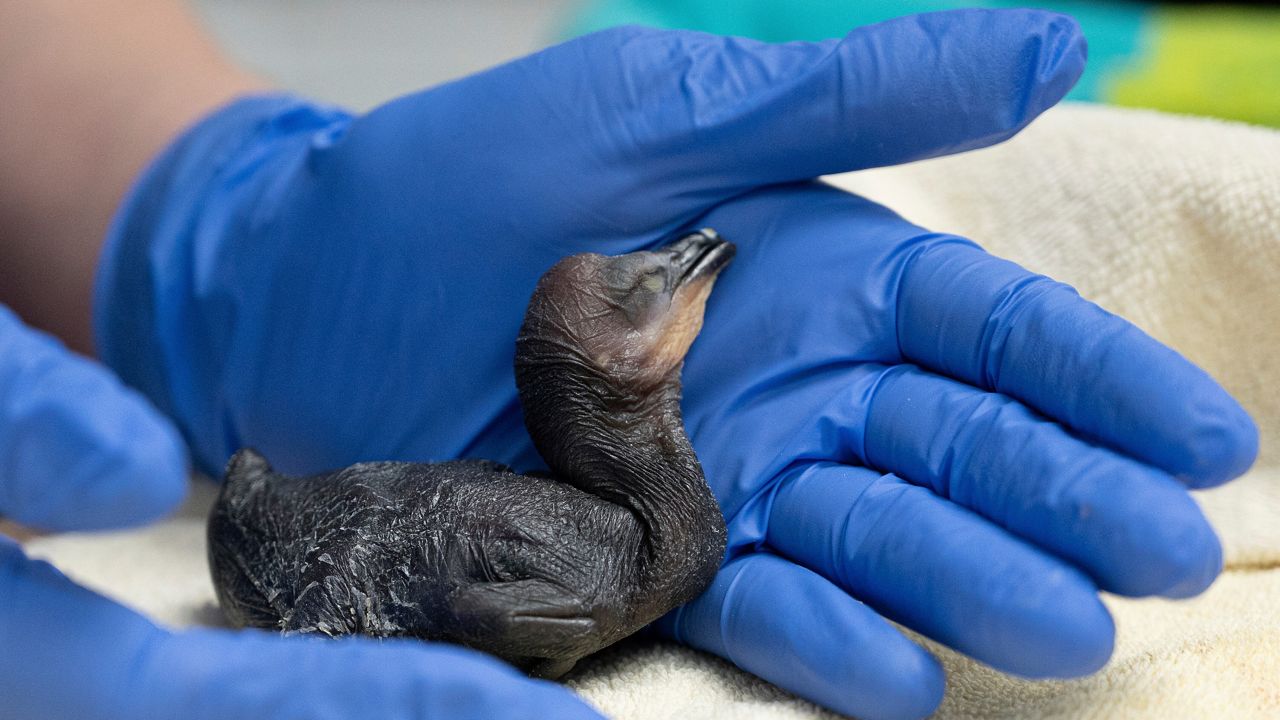TIJUANA, Mexico — Where some people might only see a river of raw sewage, Fay Crevoshay sees progress in Tijuana’s Los Laureles Canyon.
“Our goal is to have Tijuana be the city that really recycles all their plastic,” Crevoshay said. “And that will be the first in Mexico.”
Crevoshay works for WILDCOAST, an international team conserving coastal and marine ecosystems and addressing climate change through natural solutions.
The nonprofit has teamed up with the city of Tijuana to prevent trash from entering the Tijuana River and Pacific Ocean. They installed the first-ever solid waste retention system in Mexico, also known as a “trash boom.”
Since it was installed in Los Laureles Canyon in 2021, the trash boom has stopped over 72,000 pounds of trash from entering the ocean.
The project also safeguards more than 300 species of birds, leopard sharks, bottlenose dolphins, gray whales and California spiny lobster, in addition to reducing flooding and mosquito-borne diseases.
“The innovative efforts of WILDCOAST to halt the tsunami of trash along the U.S. and Mexico border illustrate how small actions can have a big impact in protecting our coast, ocean and endangered wildlife,” said WILDCOAST Executive Director Serge Dedina. “We are very proud of the results that have come from this bi-national initiative thus far and look forward to expanding the project to even more communities in an effort to mitigate the amount of waste that ends up in our shared waterways for years to come.”
According to WILDCOAST, the region’s unregulated urban sprawl, limited trash collection and steep canyons produce an immense amount of trash and sediment that drains into the Tijuana River basin, affecting San Diego and, eventually, making its way to the Pacific Ocean.
Less than 2% of the 54,000 tons of waste produced every day in Los Laureles Canyon is collected, allowing seasonal rains to create a powerful flow that carries the abandoned waste out to sea.
Most of the trash captured is plastics and tires. The initiative has given jobs to Tijuana locals, as WILDCOAST hires them to help sort through the plastic for recycling and repurposing. It also gives community members a chance to earn extra income by collecting plastics in the area.
The project is very important to Juan Benitez, who believes it makes their city better.
“Yes, it is a very important project because all this plastic, if it were not here, it would be thrown in the street, in the garbage,” he said.
Crevoshay says they have built two parks for undeserved communities with the tires they have salvaged from the trash boom.
Because of the project’s successes, WILDCOAST has plans to install two more trash booms by 2024 in the communities of Camino Verde and Matadero Canyon, which are estimated to reduce an additional 35% of plastics from reaching the Pacific Ocean.
“A zero-plastic city,” Crevoshay said. “Hey, I dream big. I don’t know if we can get there, but we’re trying.”











